There are some amazing places which are so rich in history, full of interesting stories and have a special atmosphere that you can visit them many times. This is certainly true for Pula – a 3000 years old city. We bring you 5 top locations worth visiting in this historic town.
ARENA
This spectacular amphitheater is a symbol of Pula and Croatia. There are not many arenas preserved in the world and we should certainly be proud to have one in our country. It is the 6th largest and one of the best preserved Roman amphitheaters in the world.

The Arena was built in several phases during the 1st century, but the exact time and duration of the construction, who the builders were, and why they built it there isn’t known. According to a legend, the Arena was built by the Emperor Vespasian in honor of his mistress, who had estates in Pula. It is interesting that the Colosseum in Rome was built at about the same time. The stone for the construction was delivered from the quarries near Pula, which were right next to the sea, so the stone could be delivered quite easily by boat.

Arena in numbers: elliptical in shape, it is 132.45 m long (longer axis), 105.10 m wide (shorter axis) and up to 32 meters high on the sea side. It consists of 4 floors and has a total of 15 passages. The arena measures 67.90 x 41.60 meters.

The name Arena comes from the Latin word harena which means sand. In ancient times, its field was covered in sand, which hid the traces of blood after a gladiatorial combat. It could accommodate 23,000 spectators who came to see gladiators fight other men or animals. The amphitheatre was sometimes shielded by a velaria or awning that protected the spectators from the sun and rain. It was attached to 4 towers. Interestingly, the towers had water tanks and devices for spraying scented water around the auditorium. The center of the arena was separated from the auditorium by a wide canal covered with slabs. The Arena had 2 main entrances and several side ones. There were also ceremonial and honorary halls and a shrine. The animals were kept in the underground area. The entrance to gladiatorial fights was free, but the seating arrangement was strictly determined and depended on social hierarchy and wealth. The rich and the dignitaries of course had the best view.

After the fall of the Roman Empire and during the Middle Ages, the amphitheater was used as grazing area and sometimes for cattle fairs and knight tournaments. Throughout history, people often took stone blocks and iron bars from the Arena as building material to build their own houses. This had been happening until 1458, when the Pula City Council banned the use of materials from the Arena.
Today, the Arena is a tourist attraction and a venue for many concerts, festivals and events. In the passages below the Arena, where animals and gladiators used to pass on their way to combat, a permanent exhibition “Olive growing and viticulture of Istria in antiquity” was set up, showing amphorae used for transporting wine and oil and replicas of mills and settling vessels.

The entrance fee is 70 kn for adults and 35 kn for children and students.
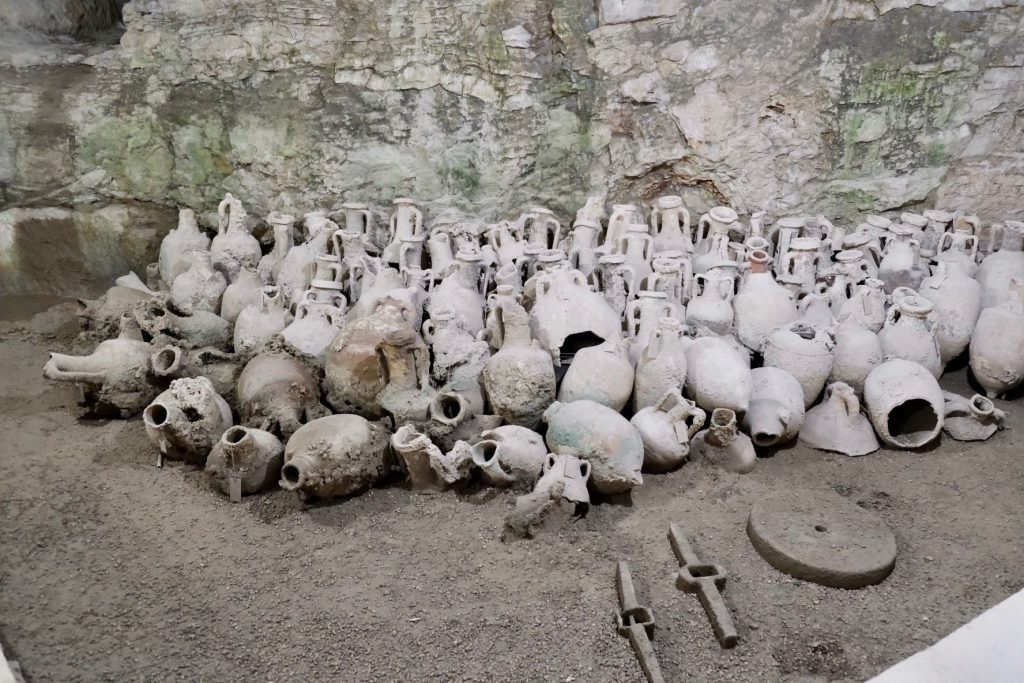
In the Arena you will also find a souvenir shop with unique souvenirs.
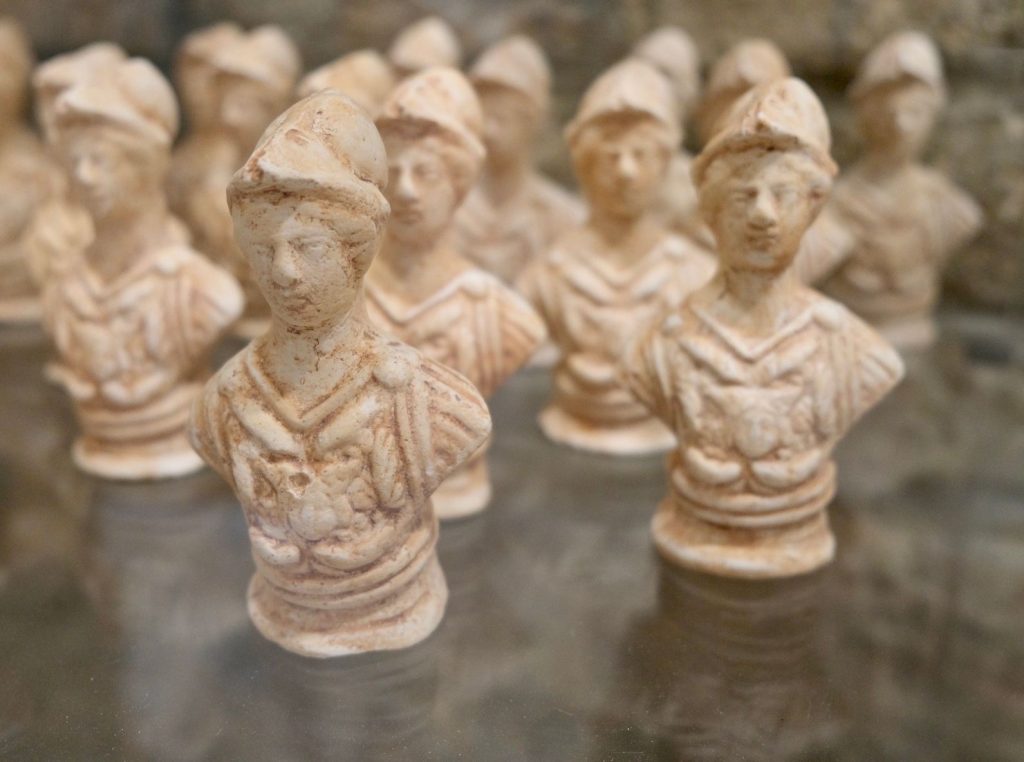
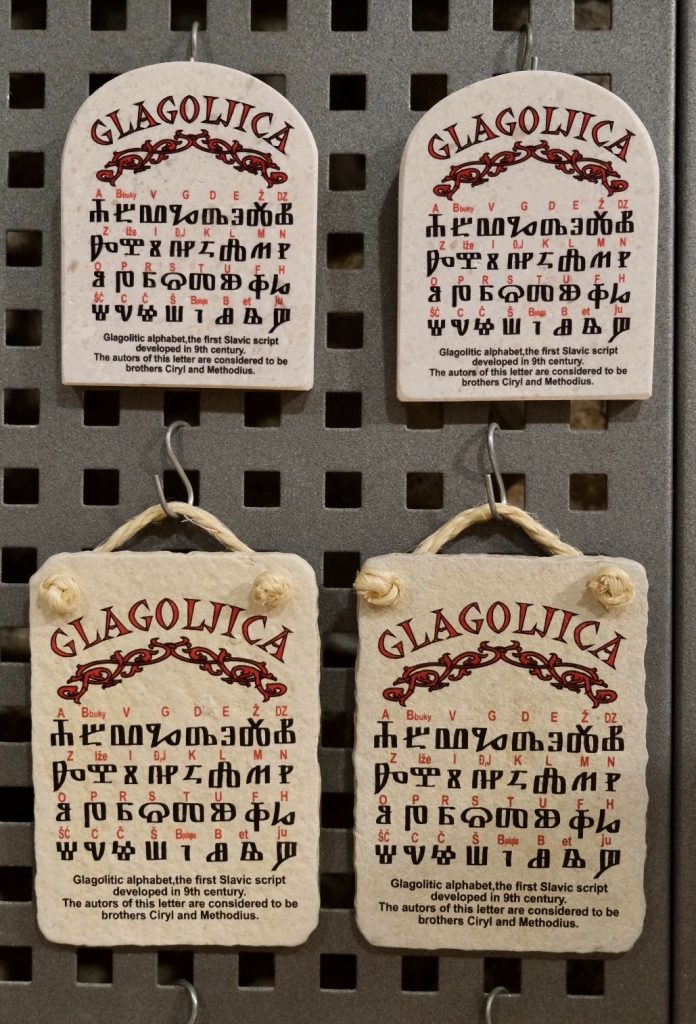
Fun fact: this summer the motif of the Pula Arena is also on the limited edition of Vegeta tin cans, the most famous Croatian spice. In this way, gastronomy, history, travel and tourism all combined in this unique souvenir. You can get your tin at all the major grocery stores.

THE TEMPLE OF AUGUSTUS AND THE FORUM
Another place where you will ‘travel’ to the ancient past is the Temple of Augustus. It is located in the city center on the Forum, the central town square, and is dedicated to the Roman goddess and the first Roman emperor Augustus. It was built between 2 BC and 14 AD when Augustus passed away.
The Temple of Augustus was built in the typical style of the time. It was built on a podium with one closed room and a porch, with Corinthian pillars, facing the square. Above the pillars, there is the architrave (the lower of the three horizontal stone beams that support the roof structure) on which the consecration took place. The inscription of the original dedication was written in bronze letters and read: Roma and Augustus Caesar, the divine son, the father of the homeland. The inscription was damaged over time, leaving only the holes to which it was attached.
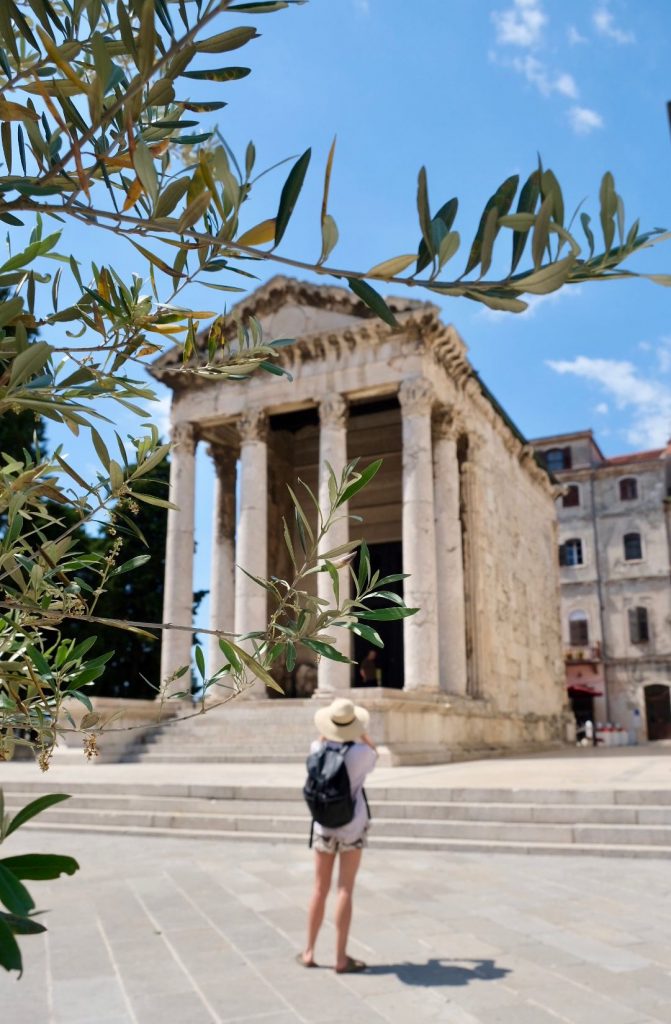
Over time, the temple changed its ‘function’, so in Byzantine times it was turned into a church, later into a granary and in the 19th century into a museum displaying stone monuments. During the World War II, it was hit by a bomb and almost completely destroyed. The reconstruction took place in 1947. Today, the temple houses a small exhibition of ancient bronze and stone sculptures. The entrance fee is 10 kunas for adults, 5 for children and students. The working hours are from 9 am to 8 pm.
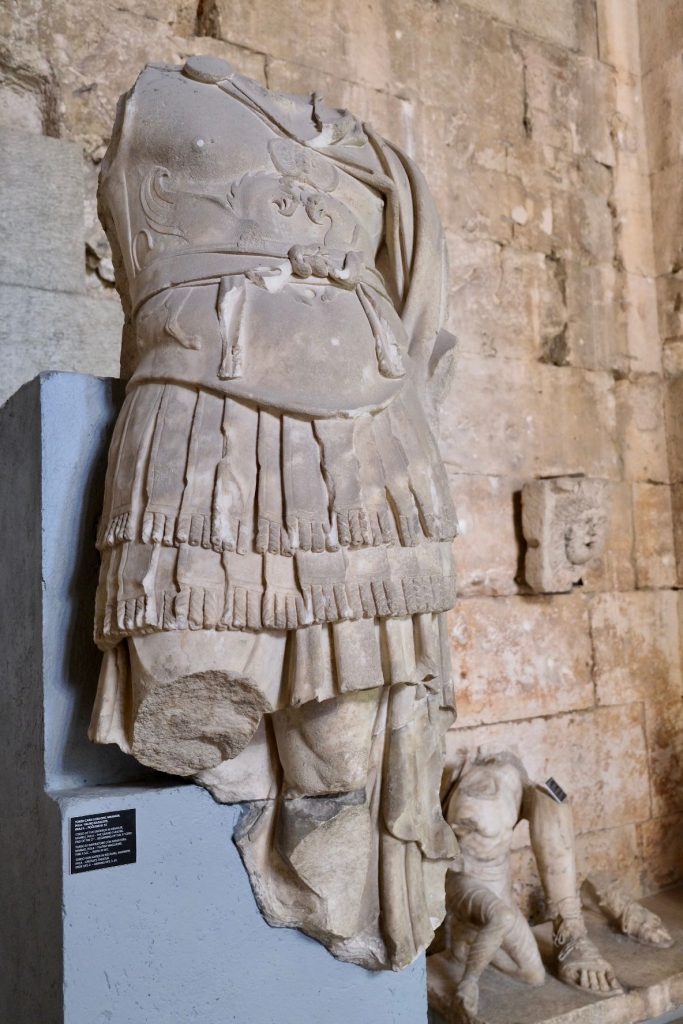
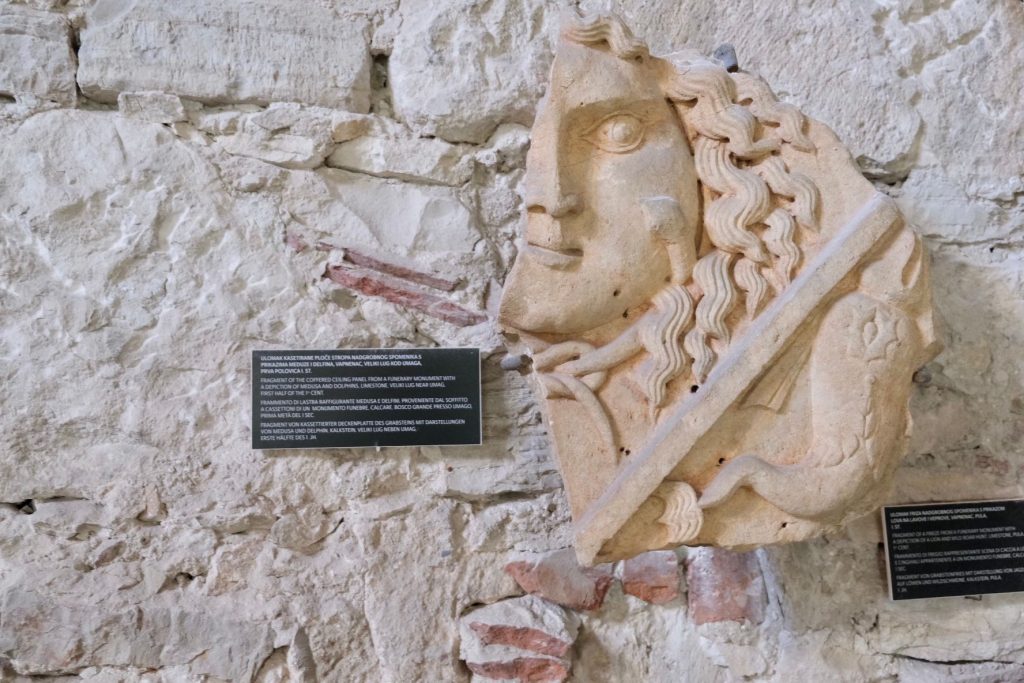
The main square – the Forum – was built during the 1st century BC. The entire city administration was there, since this was the custom. As in every Roman forum, there was a central temple dedicated to Jupiter, Juno and Menerva. In Pula, in addition to the main temple, there were 2 others – Diana’s and Augustus, of which only the Augustus is preserved. Today, the Forum is home to many restaurants, cafes and various events, which bring people from all over the world together.

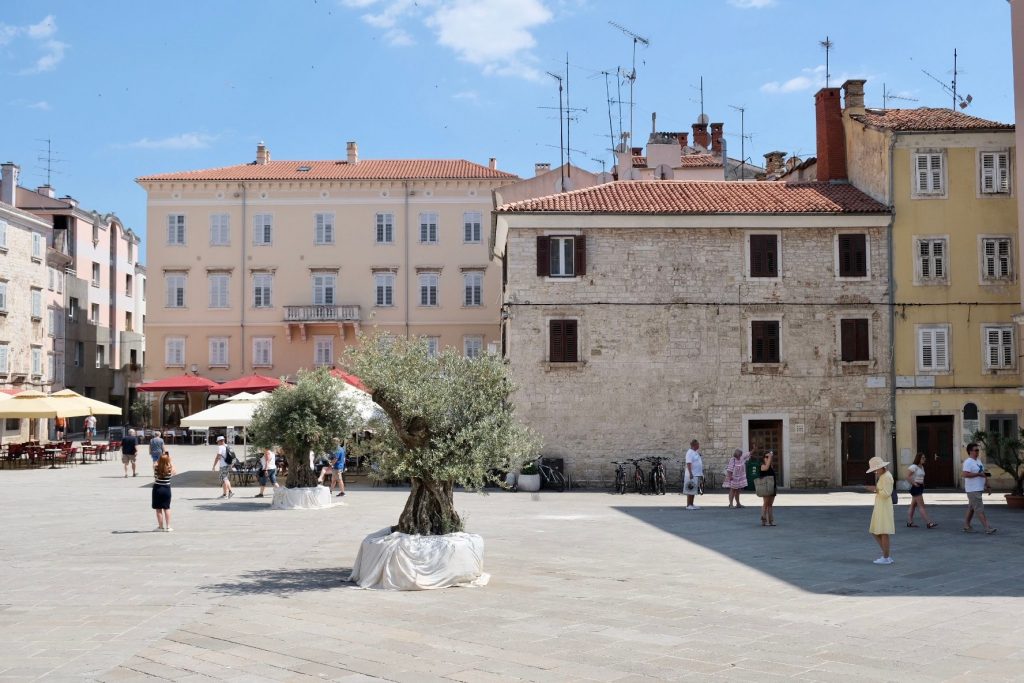
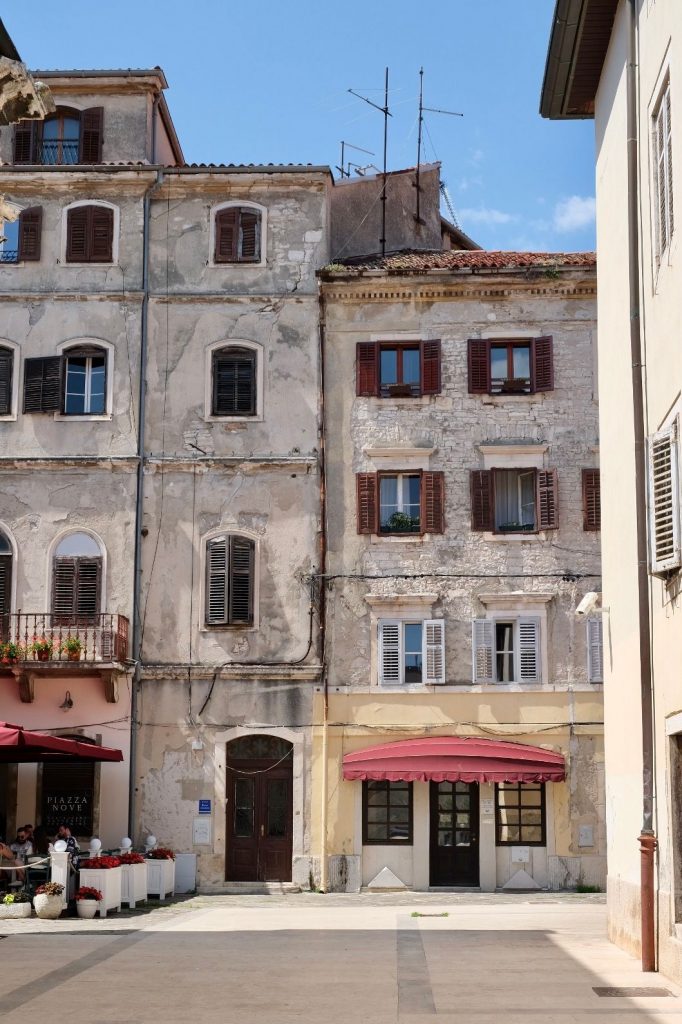
ZEROSTRASSE
Have you heard of the underground tunnels in Pula? In the wake of the First World War, Pula was the main port and an important center of the Austro – Hungarian Monarchy. For its defense, a number of buildings were built from the west to the east coast of Istria, including on the island of Lošinj. An underground tunnel system was built in Pula below its hills. The tunnels served as shelters for people, for storing ammunition and as channels of communication.
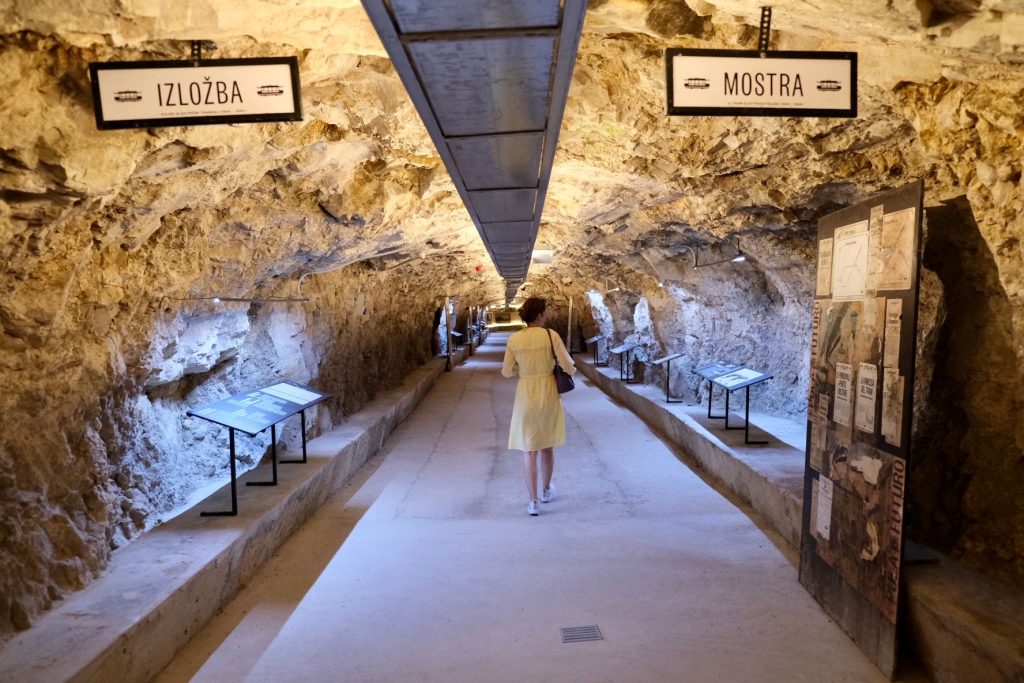
Entering the underground tunnels was a real refreshment.
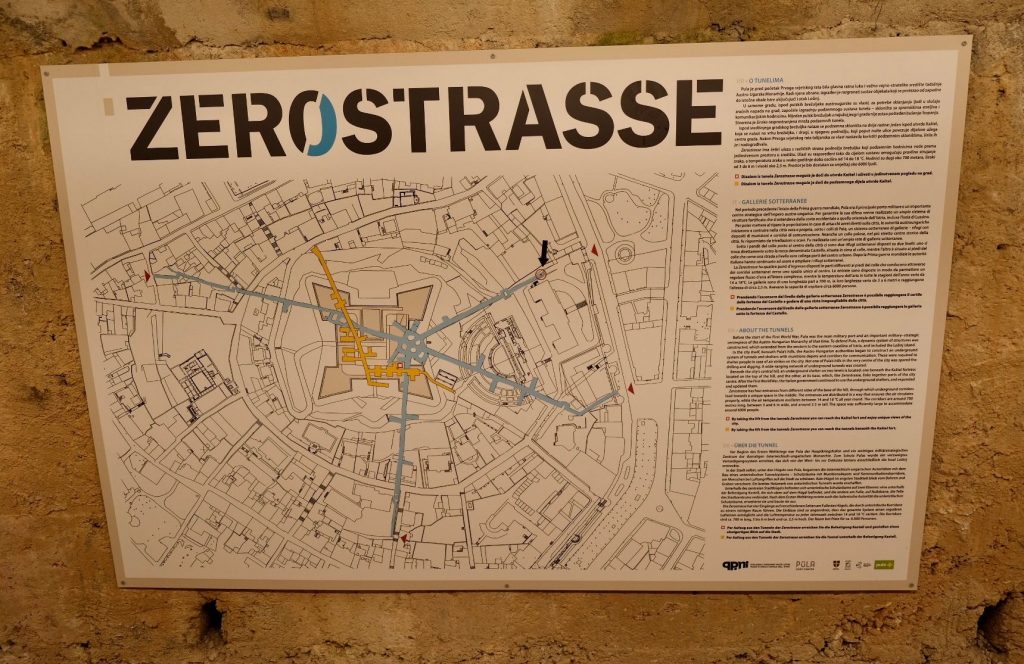
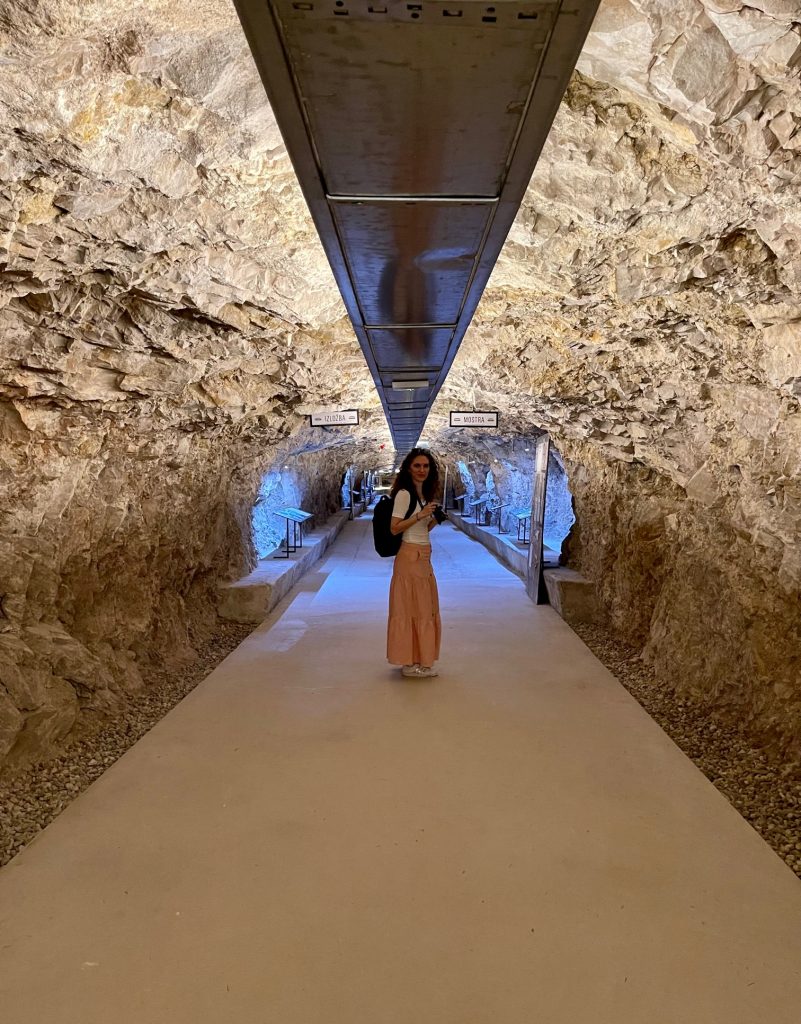
Zerostrasse has 4 entrances from four different sides of the hill on which the Kaštel fortress is located. The underground corridors lead to the central space where they connect. The entrances are designed to allow proper airflow throughout the corridors. The temperature in each season varies from 14 to 18 Celsius degrees. The corridors are about 700 meters long, 3 to 6 meters wide, about 2.5 meters high. They can accommodate about 6,000 people. From the underground corridors of Zerostrasse you can take the elevator to Kaštel, which offers a unique view of the city. The fortress once served as an observatory, army barracks and a warehouse.
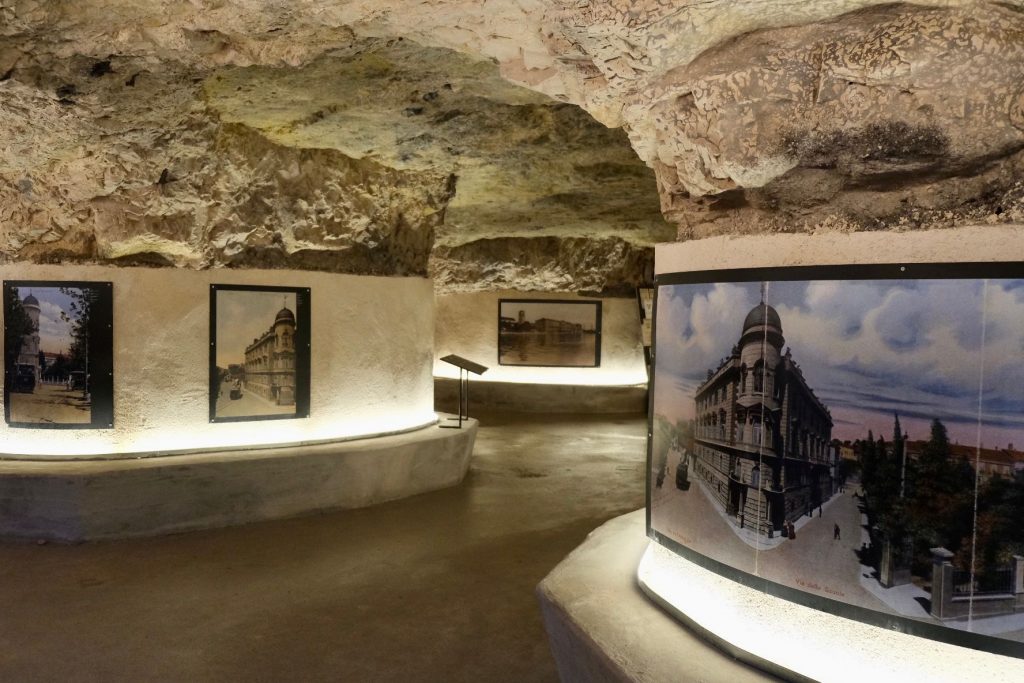
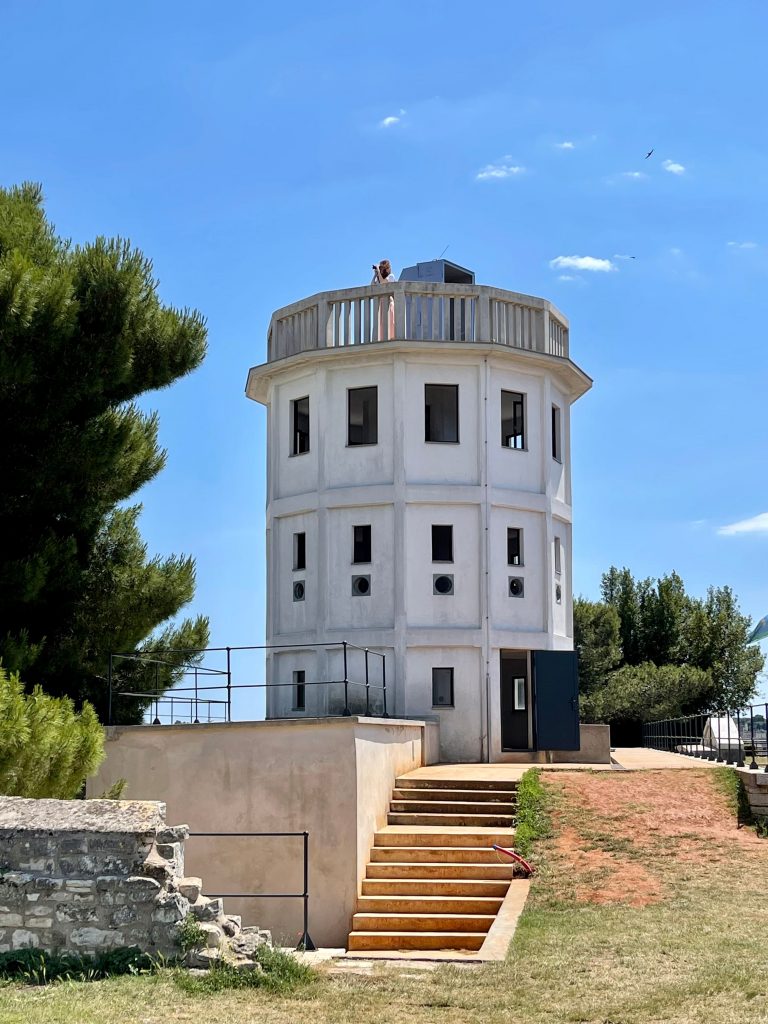
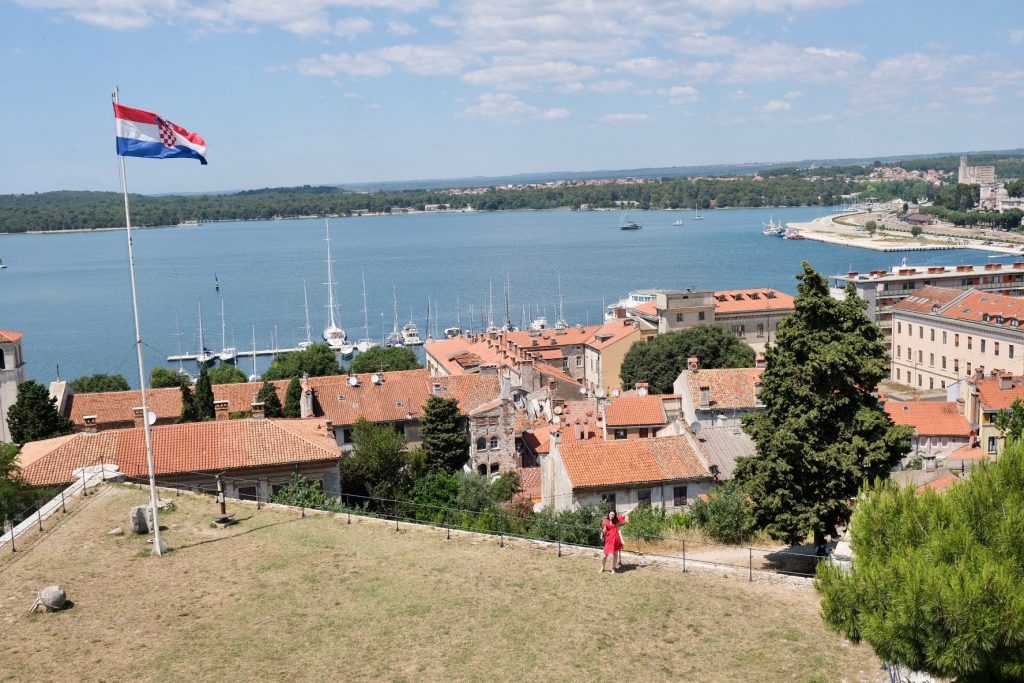
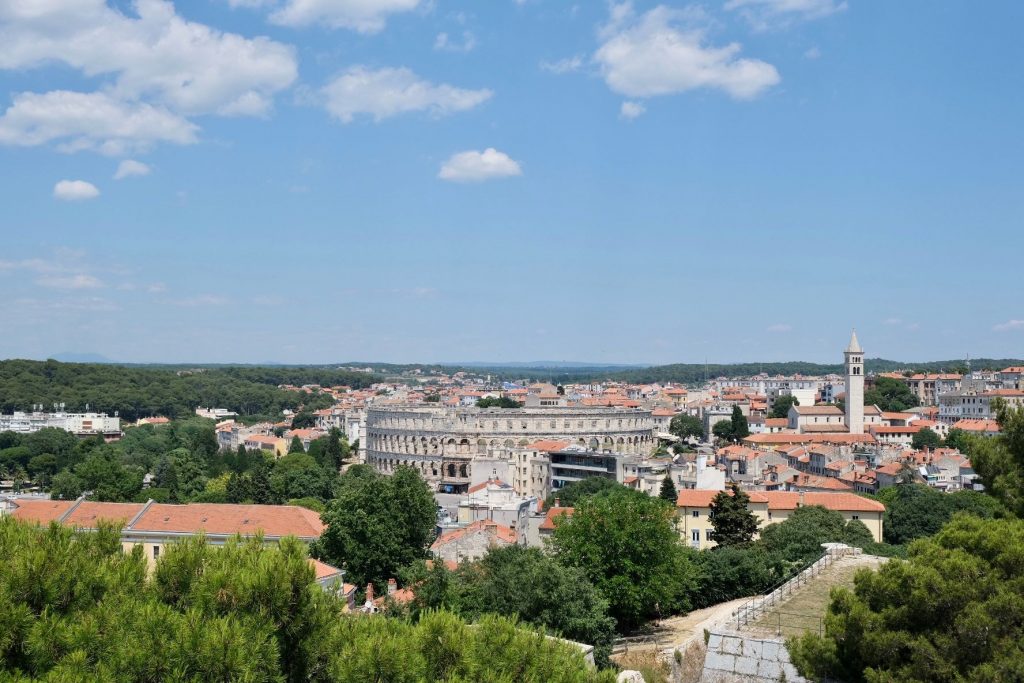
After the First World War, the Italian authorities continued to use and upgrade Pula’s underground tunnels. The total capacity of all Pula shelters is more than 50,000 people. It’s an extremely large number, which almost equals the entire population of Pula. We definitely recommend visiting this interesting place. All the details about opening hours and tickets can be found here.
ARCH OF THE SERGII AND JAMES JOYCE
Another masterpiece of architecture is the eight-meter-high Arch of the Sergii or popularly called the Golden Gate. Located in Portarata Square, it was made by the Roman patrician family of Sergii 29-27 BC in honor of the three members of the family who held high official positions in Pula. The triumphal arch leaned on the city gate of Porta Aurea, which had a rich decorative arch and gilding, hence the name Golden Gate.
Fun fact: the famous Michelangelo immortalized the door with a drawing, which is displayed in the Wicar Museum in Lille, France.
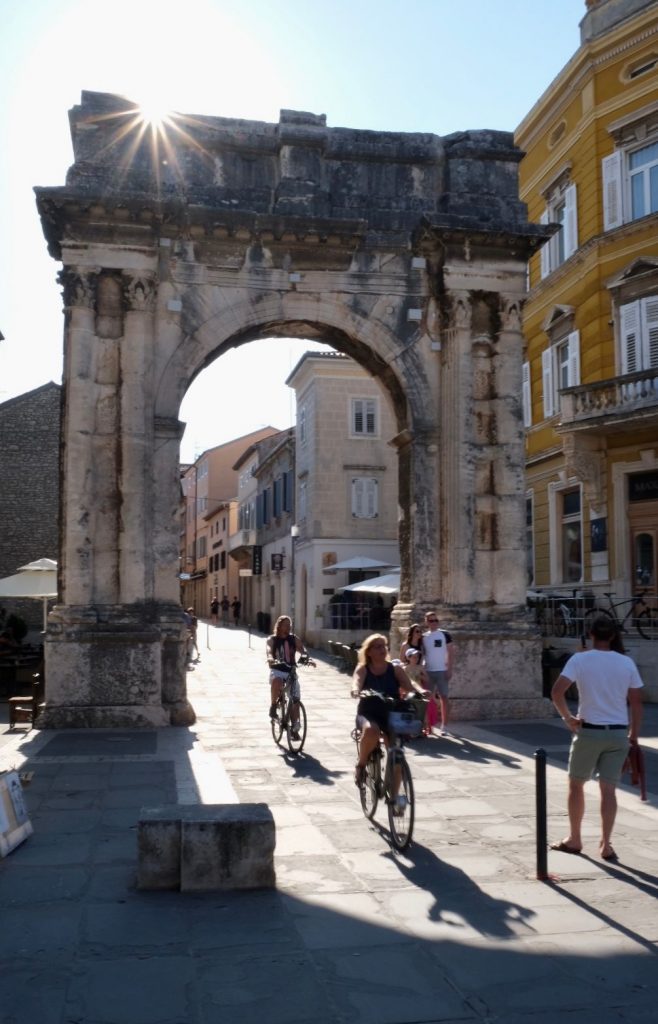
Next to the Arch is a statue of James Joyce, a famous Irish writer who spent a part of his life in Pula. He taught English there, and his students were mostly Austro-Hungarian naval officers. The statue is located on the small terrace of the Ulysses Café, named after Joyce’s book. The building where Joyce worked is next to the cafe and the statue.
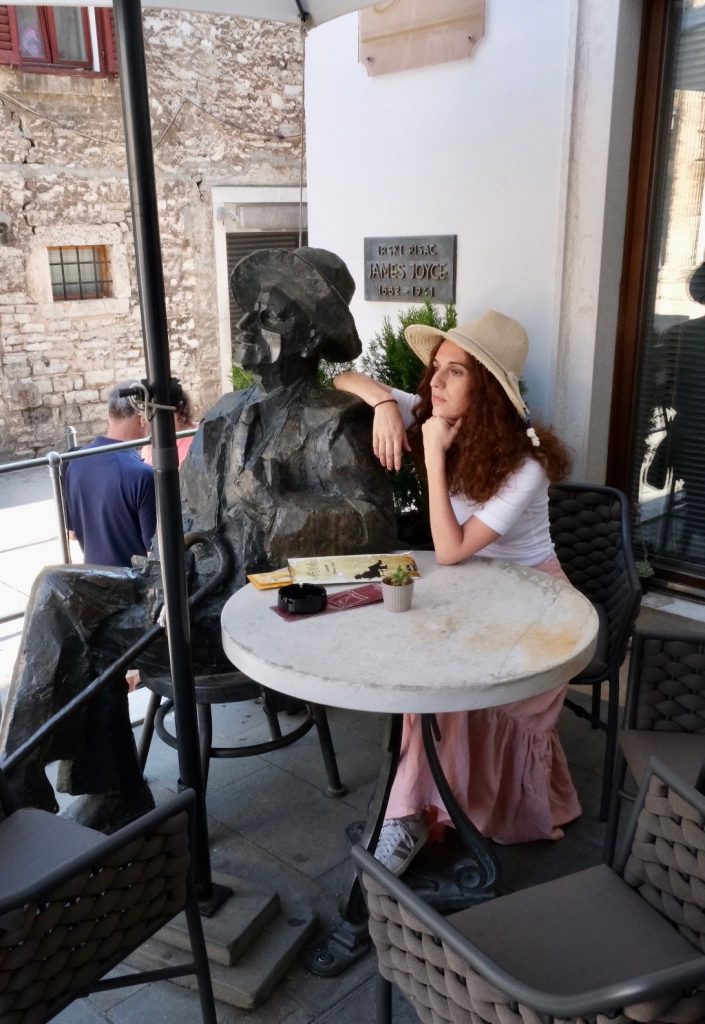
The souvenir we came across while touring Pula reminded us of an important part of every trip – local gastronomy.
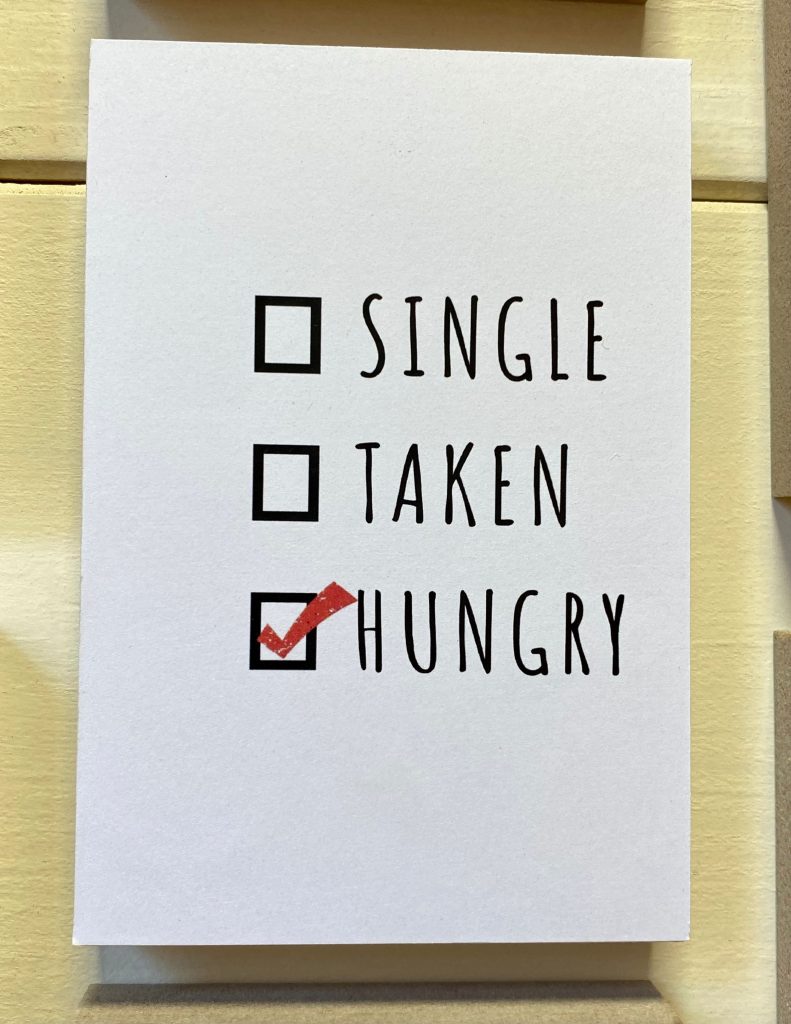
GASTRONOMY
When in Pula, be sure to visit some of the restaurants. You can find the list here. We were hosted by the Alighieri restaurant located on the Dante Square. The restaurant’s terrace is in a very pleasant spot, in the park surrounded by greenery and the fountain in the center. There we tried pljukanci (traditional Istrian pasta) with prosciutto, arugula and tomatoes. It was so tasty, that we absolutely have to share the recipe.
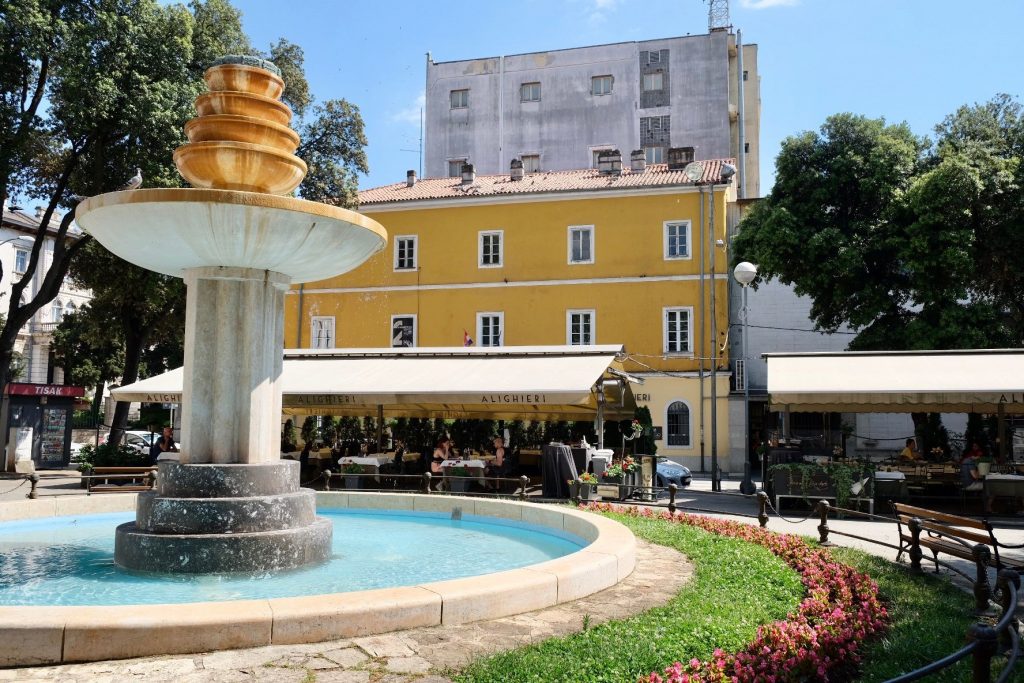
Pljukanci with prosciutto, arugula and tomatoes
Recipe for 2 people
Ingredients:
500 g of traditional Istrian pasta (pljukanci)
100 g of prosciutto
100 g cherry tomatoes
50 g arugula
50 g Grana Padano cheese
10 g of cheese
A teaspoon of Vegeta
Ingredients for traditional Istrian pasta (pljukanci):
400 g flour
2 dcl boiling water
A pinch of salt
Preparation: knead the dough. Cover it and let it rest for 15 minutes, then use the dough to form pljukanci (spindle shape). Boil them in salted water for 15 minutes until they float. Put butter, prosciutto and cherry tomatoes on a heated pan and cook for 5 minutes. Add a teaspoon of Vegeta. Sprinkle with 1 dcl of stock (or water in which the pljukanci were cooked). Add the pljukanci and the Grana Padano cheese and mix everything well.

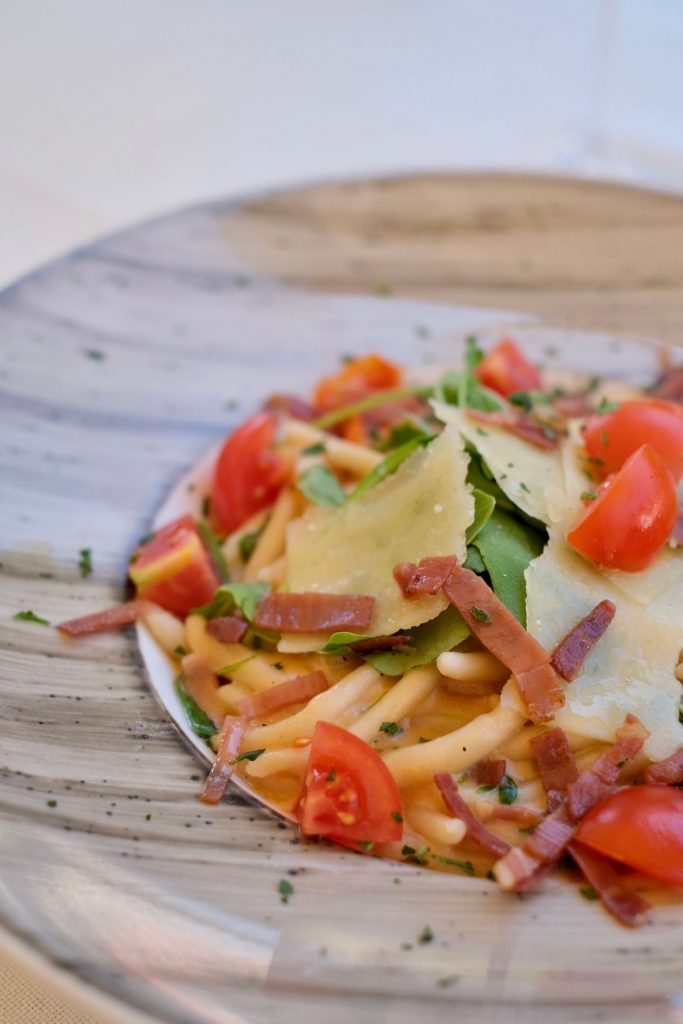
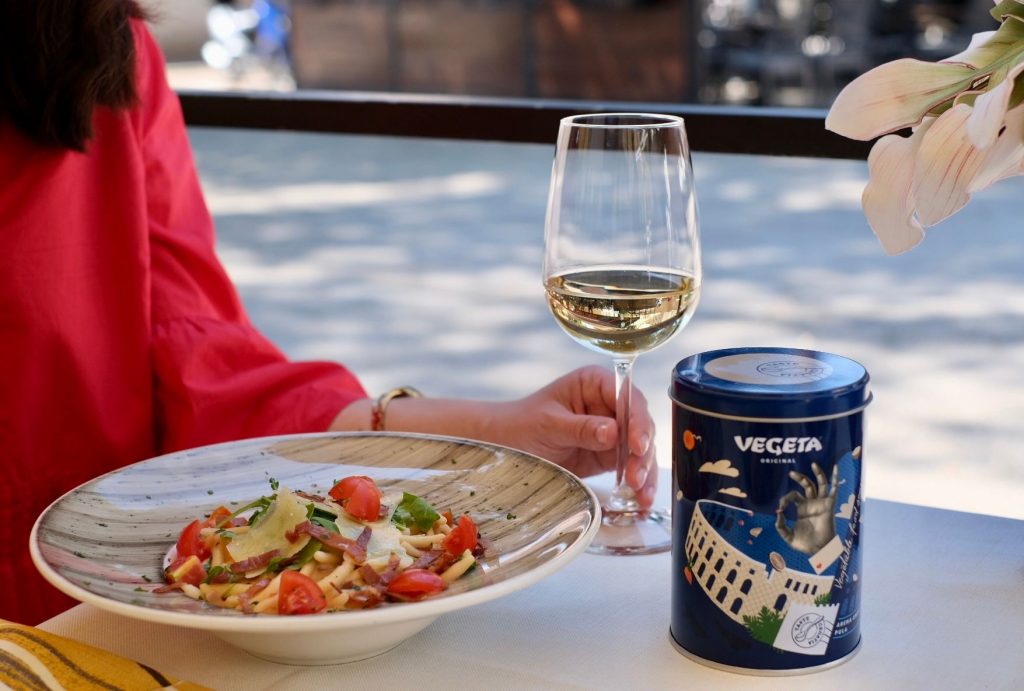
BEACHES
You’ll find many beautiful beaches in the vicinity of Pula (you can see the list here). We visited the recently renovated Hidrobaza Beach and had a cup of coffee at the photogenic Blue Monkey cafe. You will immediately recognize the beach by the blue trail that stretches along the beach and many facilities, especially for children. You don’t need to worry about parking because there’s plenty of it. These are some of the pictures we took at the beach.
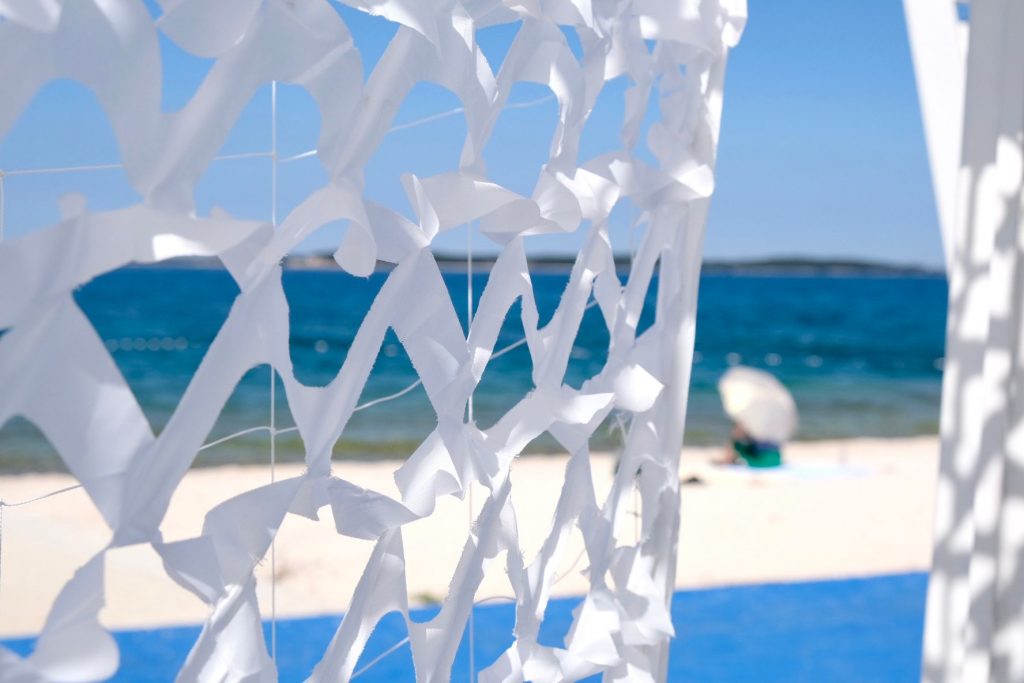

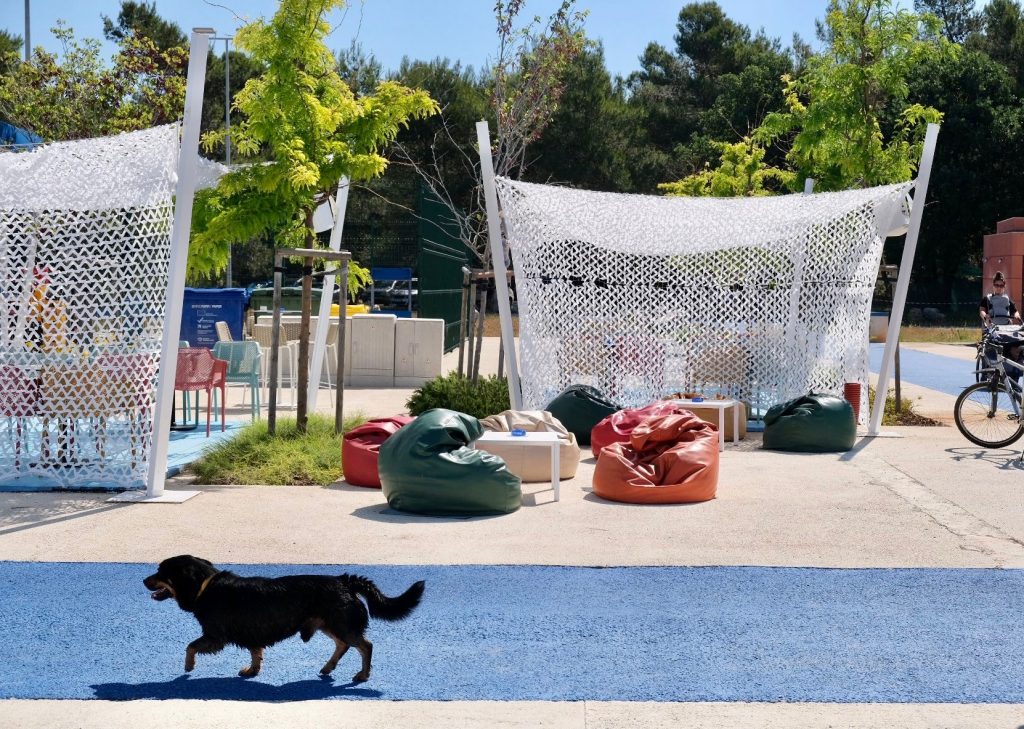
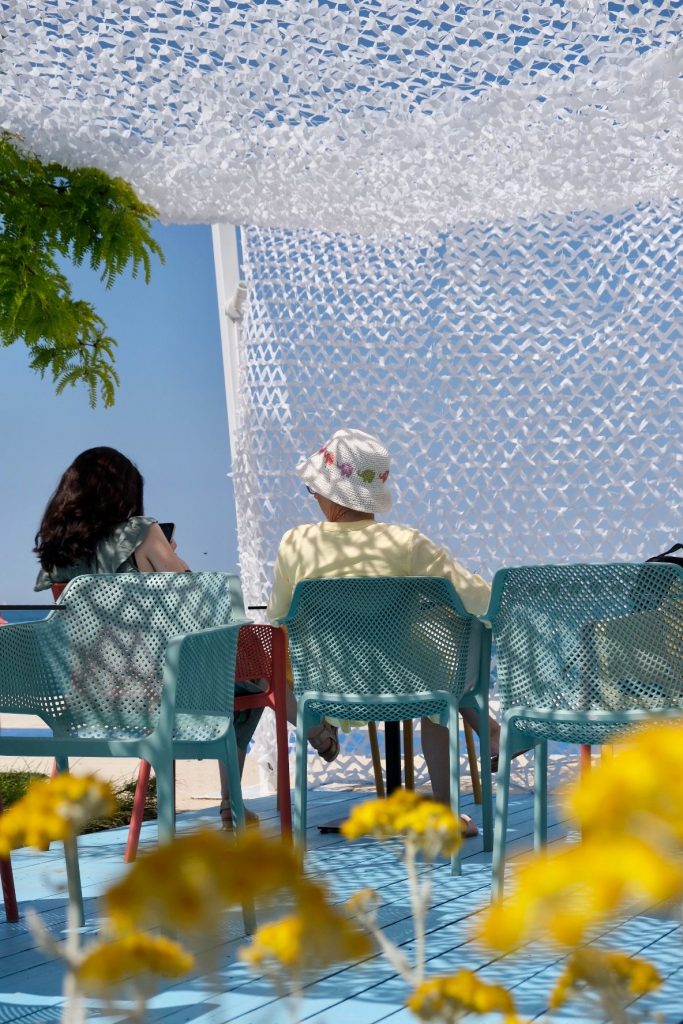

These are just some of the wonderful places we visited in Pula. We hope you’ll find them interesting and if you have more suggestions on what to see in Pula, feel free to comment below, we would love to hear them.
Text and photos: Jasminka Đaković and Željka Đaković
Blog is done in cooperation with Podravka
Thank you Tourism Office Pula

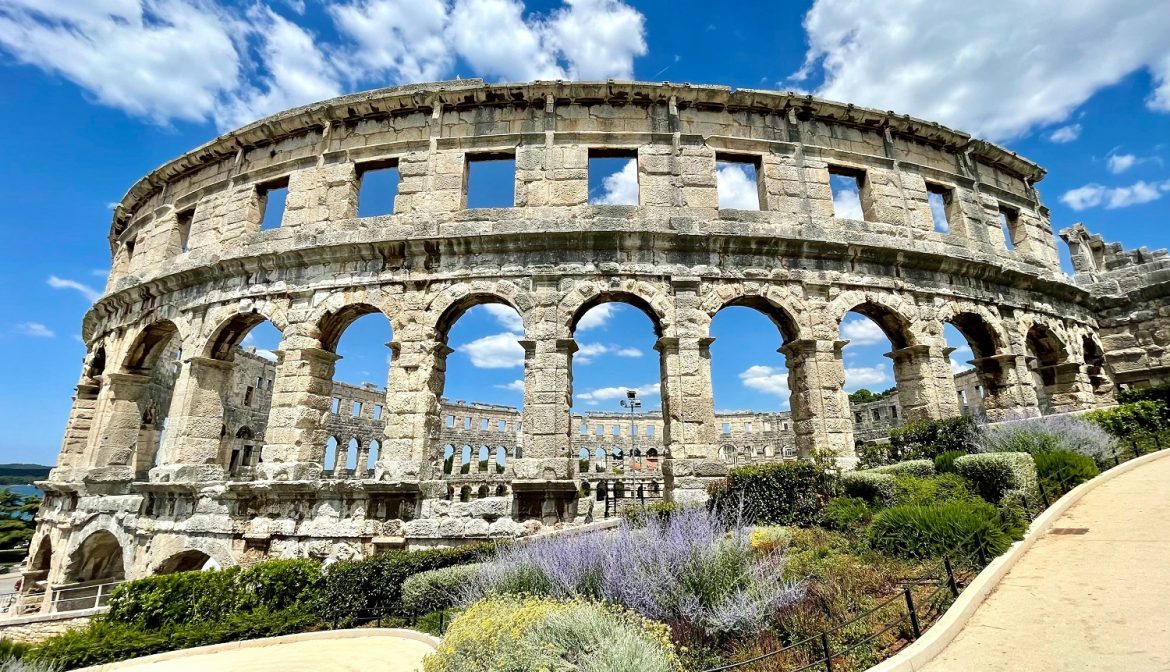
6 comments
What a fab article, I’ve had Croatia on my ‘must visit’ list for a few years now. I really enjoyed the detail you put into this post (the amphitheatre sounds amazing!) I will definitely follow in the footsteps of James Joyce and include Pula too. I love the fun fact about the Vegeta tin (it’s popular in Poland too).
Dear Sabina, thank you so much :) Pula is such a wonderful place to visit and Vegeta tin is nice souvenir and hopefully a reminder of a great holiday in Croatia :)
Ooh I love this – Pula looks absolutely incredible, I’d love to visit some day! It looks so pretty and it was so interesting reading about the history behind it. The arena looks incredible and the beaches look lovely! Thank you so much for sharing x
Thank you so much :) Pula is indeed a wonderful town. We hope you’ll have the chance to visit it soon :)
Wow, everything looks so beautiful there. I’d be interested to learn more about the Zerostrasse
Thank you so much :) Zerostrasse was opened for public only recently. There was a tram line in Pula in the past and there is an interesting exhibition about that in the tunnels. It’s definitely a place worth visiting in Pula, especially during the hot summer days :)